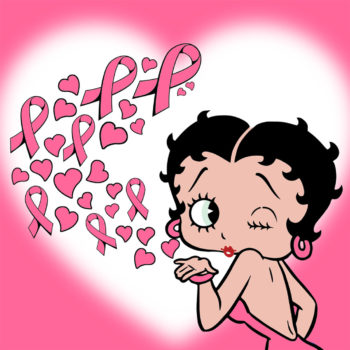 FIGHT LIKE A GIRL!
FIGHT LIKE A GIRL!
Welcome back to the Blog everyone. As most of us know, October is BREAST CANCER AWARENESS MONTH, and the perfect time to discuss this disease and the risks of which we all need to be aware.
As we come off years of lockdowns and isolation, it’s also the perfect time to make sure we remain vigilant in monitoring our overall health. Taking care of ourselves, visiting our primary physicians, and undergoing the proper screening procedures and exams will help us all get back on the track to proper healthcare, and protect ourselves from disease and illness, including breast cancer.
Now, as many of you know, it’s my tradition to deliver this annual message with my co-host, the iconic animated cartoon character Betty Boop, who is a part of my family-owned business, Fleischer Studios. And with our entire team at Fleischer Studios, Betty has always been a champion of women’s causes and a devoted proponent in raising awareness for the health issues faced by women every day. So, it’s with great pleasure that I join forces with Betty today to discuss this incredibly important topic with you.
To begin, breast cancer strikes over 200,000 women every year. Indeed, fourteen years ago I was one of those women, so this cancer is one I take very seriously and very personally. And as a breast cancer survivor, I know how important it is to understand the risk factors associated with this disease.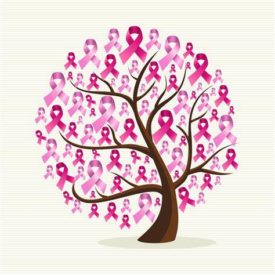
And, here are 8 of the most common risks of which we all need to be aware.
GENDER
Remember, breast cancer is an equal opportunity disease. It can affect both women and men. However, it occurs approximately 100 times more often in women than men.
PERSONAL REPRODUCTIVE HISTORY
Interestingly, the longer our cycle of menstruation lasts, the greater our risk for breast cancer becomes. For example, experts agree that if we experienced an early first period before the age of 12, and a late onset of menopause after the age of 55, our risk for breast cancer is greater. In addition, women who never had children or who had a child at a later age also have an increased risk for this disease.
PERSONAL MEDICAL HISTORY
For those of you like me who have already experienced one breast cancer, our risk of developing another breast cancer is greater. In addition, having breast cancer in one breast can indicate a greater risk for developing a future cancer in the other breast.
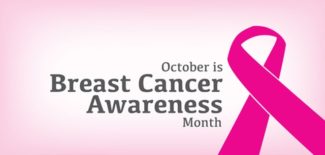 FAMILY MEDICAL HISTORY
FAMILY MEDICAL HISTORY
Women who have a first degree relative – a parent, sibling or child – who have had breast cancer have an increased risk for developing the disease as well. This is especially true if that relative was diagnosed before the age of 50.
GENETIC ANOMALY
Most of us are familiar with the BRCA1 and BRCA2 genes. If these genes carry a mutation – an anomaly – one’s risk for breast cancer increases significantly. If one has a family history of breast cancer and if one is of Ashkenazi Jewish descent, an anomaly of these genes may be present. If so, the risk for breast cancer not only increases, but the risk for developing ovarian cancer increases as well.
FIBROSIS
Now, this condition refers to the presence of dense breast tissue. This was my primary risk factor for breast cancer. Not only does it increase our risk for the disease, but it also makes it more difficult for us to diagnose the disease because dense tissue can actually hide a cancerous tumor.
RACE
There are many types of breast cancer. With a few exceptions, most types are more common among Caucasian women than women of other races. However, African American women are more likely to develop more aggressive and advanced-stage breast cancers, and at a younger age.
AGE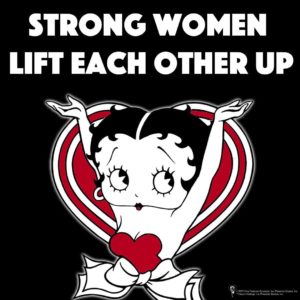
One of the most important factors for developing any cancer is age. As we get older, we become more susceptible to many diseases, including different types of cancer. Typically, breast cancer affects women over the age of 55.
Knowing the basic risk factors, however, is just the beginning. We now need to combine this information with the proper screening procedures that may include mammograms, screening ultrasounds, self-exams, and regular office visits with one’s physician.
In addition, certain lifestyle choices will make an enormous difference in lowering the overall risk for developing breast cancer. Eating properly, exercising, enjoying alcohol in moderation and eliminating tobacco use will offer even further protection.
As with all cancers, our best defense is a strong offense. And as women, we are all in this battle together. So, this month let’s all THINK PINK. And FIGHT LIKE A GIRL with every fiber of our being.
Strong women lift each other up, and Betty and I can’t thank you enough for joining us today. Remain safe, remain informed and remain proactive everyone. And until next time, stay in GOOD HEALTH and . . .
TAKE THE COURSE AND TAKE CHARGE!
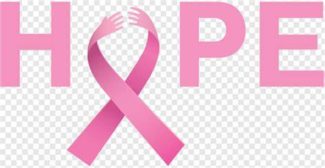



Leave a Comment